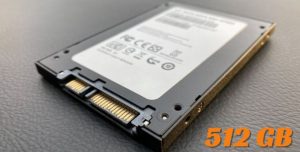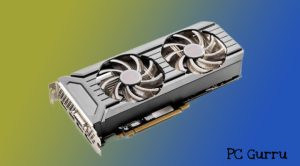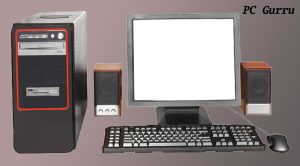The second generation of computers, which appeared in the late 1950s and stuck around until the mid-1960s, was like a big leap forward in computer technology. They were smaller, quicker, and more reliable than the first generation, thanks to a switch from vacuum tubes to transistors. However, just like any cool gadget, they had their ups and downs. we describe the “Second Generation of Computer Advantages and Disadvantages”. Let’s define the advantages and disadvantages of these second-gen computers in simpler terms.
What are the Second Generations of Computers?
The Second Generation of computers, buddies with us from the late 1950s to the mid-1960s, was like the cooler, Partner of the first-gen computers. These guys were special because they ditched the clunky vacuum tubes for something sleeker called transistors. Think of it as going from a big, old TV to a flat screen – smaller, faster, and more reliable. These computers were the ones that made technology more portable and less of a power hog. So, when you hear about the Second Generation, just remember: smaller, faster, and an upgrade from the big, bulky computers that came before them.
Read Also: ADVANTAGES AND DISADVANTAGES OF MAINFRAME COMPUTERS
Advantages and Disadvantages of Second Generations of Computer
Here are some advantages and disadvantages of second-generation computers.
Advantages of second-Generation Computer
- Smaller Size: These computers were significantly smaller than their older counterparts, taking up less space.
- Faster Speed: Imagine upgrading from a slow computer to a speedy one, that’s the speed boost these computers provide.
- Better Reliability: They were more reliable, meaning they didn’t break down as much. You could count on them to work smoothly.
- Energy Efficiency: Second-generation computers use less energy, making them more efficient and cost-effective.
Disadvantages of Second-Generation Computer
- Limited Capabilities: Despite improvements, these computers were still limited in terms of memory and processing capabilities compared to modern standards.
- Programming Complexity: Programming second-generation computers was complex and often required specialized skills due to the early stages of high-level programming languages.
- Maintenance Challenges: Although more reliable than vacuum tubes, transistors were not immune to failures, leading to maintenance challenges and troubleshooting issues.
- Heat Dissipation: Second-generation computers still require cooling systems to prevent overheating, especially in larger and more powerful systems.
- Limited Applications: The applications of second-generation computers were primarily business-oriented, and their usage was confined to specific tasks like scientific calculations and data processing.
Examples of Second Generations of Computer: Second Generation of Computer Advantages and Disadvantages
Second-generation computers were more popular in the late 1950s and the 1960s. Here are a few famous examples:
- IBM 1401: This computer became a star in the business world, handling tasks like data processing and calculations.
- UNIVAC 1107: Known for its speed, the UNIVAC 1107 was a powerhouse used for scientific and business applications.
- CDC 1604: Control Data Corporation’s CDC 1604 was a speedy machine, often used in scientific research and calculations.
- IBM 7090: IBM’s 7090 was a workhorse, handling scientific and engineering computations with ease.
These computers may seem ancient compared to today’s tech, but back then, they were the superheroes of the computing world!
Characteristics of Second Generations of Computer
Here are a few Characteristics of second-generation computers:
- Transistors: The standout feature of second-generation computers was the use of transistors, replacing the bulkier and less efficient vacuum tubes. Transistors made computers smaller, faster, and more reliable.
- Smaller Size: With the introduction of transistors, second-generation computers were significantly smaller than their predecessors, making them more manageable and portable.
- Increased Speed: Transistors facilitated faster switching speeds, contributing to an overall increase in processing speed. This improvement made computations quicker and more efficient.
- Better Reliability: Transistors were more reliable than vacuum tubes, resulting in reduced hardware failures. This increased the dependability of second-generation computers for various applications.
- Cooling Systems: Due to the continued heat generated by electronic components, second-generation computers require cooling systems to prevent overheating, especially in larger and more powerful systems.
Conclusion
The second generation of computers brought significant advancements, boasting smaller sizes, increased speed, and enhanced reliability. Thanks to the use of transistors instead of vacuum tubes, these computers became more efficient and cost-effective, consuming less energy. However, they weren’t without their drawbacks. Despite improvements, they still had limited memory and processing capabilities compared to today’s computers. Programming these machines was a complex task that required specialized skills. Maintenance remained a challenge, as transistors, though more reliable, were not immune to failures. Cooling systems became essential to prevent overheating, especially in larger and more powerful systems. Additionally, the applications of second-generation computers were somewhat confined to business tasks, lacking the versatility seen in contemporary computing systems.







